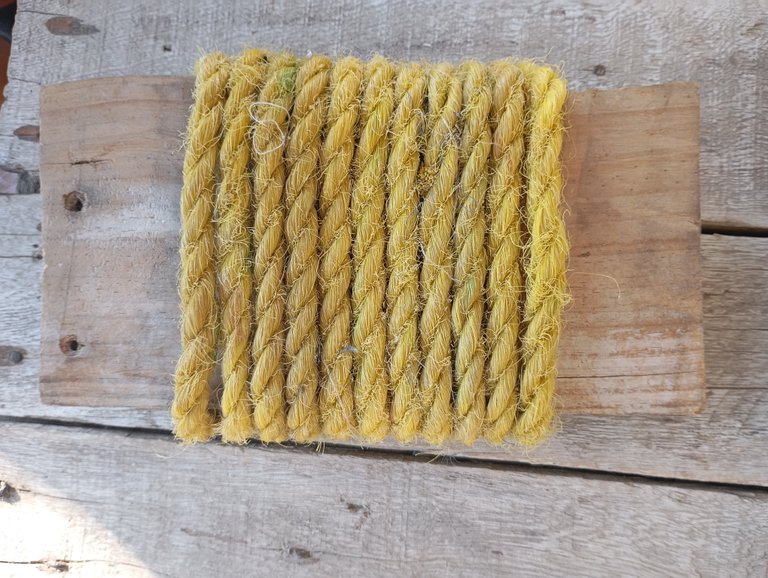Saludos a todos en la comunidad de Diyhub, mi nombre es Leandro Nava me desempeño como instructor de artes marciales especificamente karate Do/ defensa Personal. Mi llegada a Hive es gracias a mí amiga @irenenavarroart que un día me platico sobre este mundo tan maravilloso y diverso, dónde podría compartir ciertos temas de interés con otras personas y esa idea me pareció agradable por qué siempre tenemos algo que compartir, ella me ha ido guiando poco a poco en mis primeros pasos para publicar ya sea en el area deportiva , reflexiones y experiencias de diversos contextos por lo cual estoy muy agradecido por la acogida de todos.
Greetings to everyone in the Diyhub community, my name is Leandro Nava, resident in Cabimas Vemezuela and I work as a martial arts instructor specifically karate Do/personal defense. My arrival at Hive is thanks to my friend @irenenavarroart who one day told me about this wonderful and diverse world where I could share certain topics of interest with other people and that idea seemed nice to me because we always have something to share,bshe told me It has been guiding little by little in my first steps to publish, whether in the sports area, reflections and experiences from various contexts, for which I am very grateful for everyone's welcome.


Apart from being a sensei, I have been a photographer, a supervisor in the area of industrial safety in several companies, a musician to mention some of my occupations, one of the things I also like to do is build things and that is why I am interested in entering this community. , in this case I will talk to you about one of the main tools used in traditional karate.

This is the makiwara which is used for conditioning the body where the fist, edge of the hand, elbows and feet stand out. It was originally created by the masters more than 100 years ago. It varies depending on the region and the materials used, but its function is the same. Create micro fractures in the bone that receives the impact periodically, as long as the area is allowed to heal to try again. Over time, this practice provides the practitioner with power, resistance and precision when impacting a surface (wood, slab, ice, concrete), a practice developed in various martial arts and in my case I implement it in karate that is practical.


The elaboration of these tools must be done calmly because they must last many years and be very resistant, everything requires a degree of patience and dedication that the martial art itself gives you, in particular these activities relax me, I have built several that I have given as gifts and still They keep their function intact, the one I will do next is for my youngest students and must be used by two, one who must hold it and the other who slowly impacts its surface.

Los materiales a usar / Materials
- 10 metros de cuerda
- 1 cinta métrica
- 1 tijera
- Tabla de 40 cm
- Goma espuma de 23cm
- Alambre o clavos para fijar los extremos , opcional*
- 10 meters of rope
- 1 measuring tape
- 1 scissors
- 40cm board
- 23cm foam rubber
+Wire or nails to secure the ends, optional*


Proceso / Process
Para la elaboración de la makiwara Se procede a posicionar la goma espuma la cual serviría para absorber un poco el impacto de los golpes , esta debe ir alineada con la cuerda que la mantendrá presionada contra a la madera.
To make the makiwara, we proceed to position the foam rubber which would serve to absorb a little of the impact of the blows. It must be aligned with the rope that will keep it pressed against the wood.

Then the end of the rope is fixed with a knot that will be wound very tightly around it, this will prevent it from slipping when it begins to be tightened. At this point, if necessary, it is fastened with small nails or pieces of wire for greater stability. subjection.

Next, the rope is carefully wound, maintaining the tension in each turn to prevent any line from being loose. It is important that the tension is maintained so that there are no spaces since over time the impacts tend to stretch the strands a little. and this will cause the winding to loosen over time






Proceso de enrrollado



Nudo para la sujeción final.

The makiwara is tested for a while and if necessary the winding is readjusted. It is normally well held and tends to compact due to the tension previously used.



Aquí varios modelos de Makiwara .

In conclusion, it turned out very well, compact and can be moved to where we are going to train, this will be used by my more advanced students since the beginners use one that does not have a rope but rather an Obi wrapped around the wood so that their hands adapt little. little by little.


Espero que haya sido de su agrado, muy complacido de compartir este conocimiento y cualquier duda dejarla en los comentarios , gracias por la oportunidad .
I hope you liked it, I am very pleased to share this knowledge and leave any questions in the comments, thank you for the opportunity.
Me despido por ahora hasta aúna nueva entrega. Oss
I say goodbye for now until a new opportunity. Oss

📷 Redmi 13 C
Resources: Inshot / Google Traductor
All Rights Reserved || © @leon.kaen 2024
Instagram






